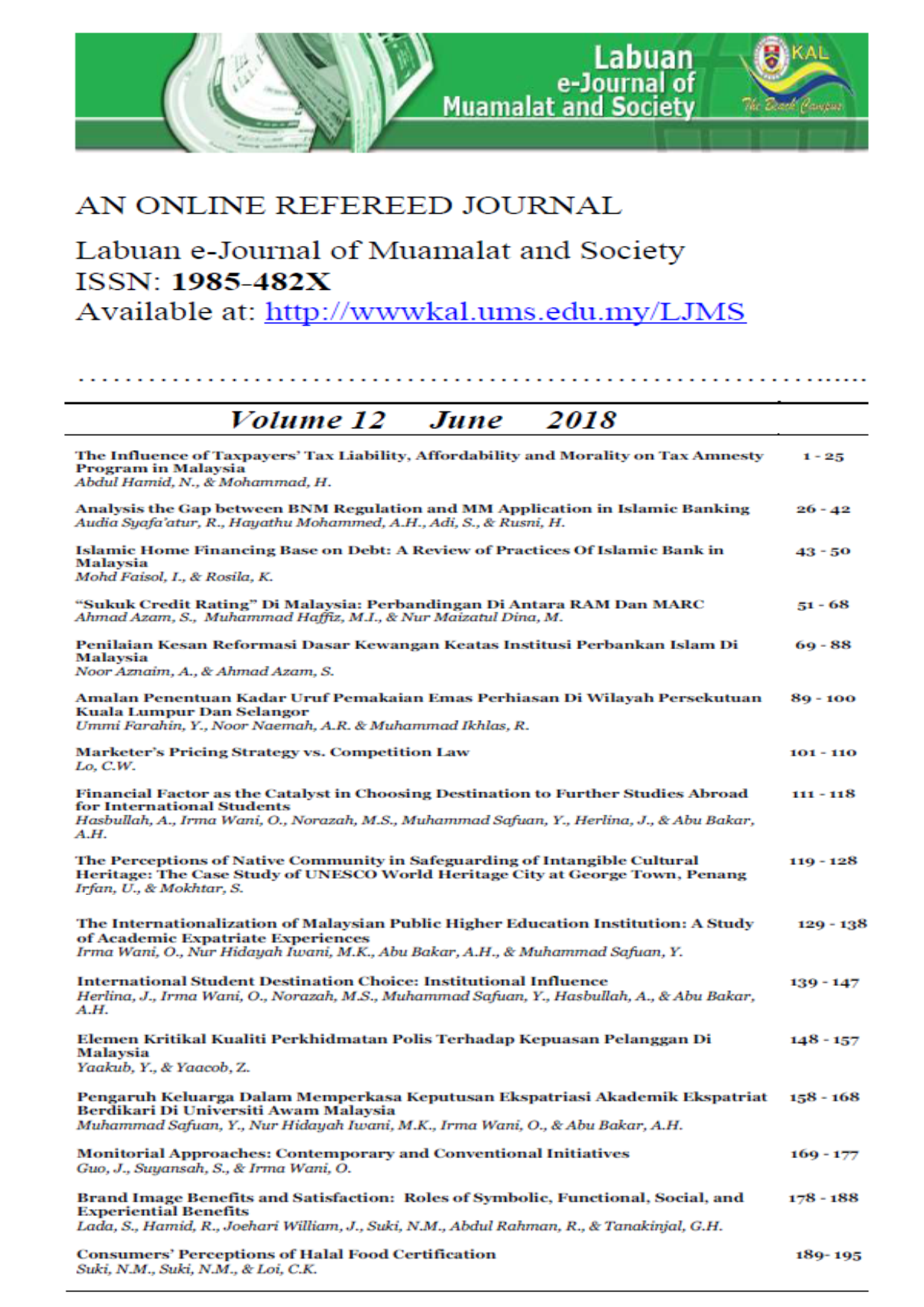MARKETER’S PRICING STRATEGY VS. COMPETITION LAW
DOI:
https://doi.org/10.51200/ljms.v12i.1353Abstract
Marketers put greater emphasis in pricing strategy during their marketing planning simply because pricing is one of the most important elements of marketing mix that can generate revenue. Formulating of product or service prices is a strategic activity because the price or prices assigned to a product or range of products will create an impact on consumer’s perception towards a company’s products and determine its subsequent purchase. Marketers need to exercise creativity in pricing strategy in order to attract consumer’s positive perceptions and purchase decisions. As a result, various pricing strategies have been introduced for products and services such as value-based pricing, bundle pricing, price skimming, penetration pricing, competitors oriented pricing, and discriminatory pricing to name a few. By applying all these creative pricing strategies, to great extent have enable marketers to compete effectively as well as to win over consumer’s perception in purchase decisions. On one hand, it is an effective strategy for the marketers to succeed in business. But on the other hand it may be unfavourable to the consumers especially when there are unfair trading practices occurred on the pricing strategies implemented. In this situation it is classified as anti-competition and abuse of dominant position. In order to protect both the business-to-business consumers and end consumers, the Malaysian government has implemented the Competition Act 2010 which came into force on 1 January 2012 with the aim to control anti-competition and abuse of dominant position. The Competition Act 2010 is changing the way marketers formulating and implementing their pricing strategies. This is because the Competition Act 2010 has specific clauses in prohibiting enterprises in setting prices by exploiting consumer’s position for their profiteering advantage. Hence, marketers are presently caught in a difficult position when formulating pricing strategy which at the same time has to comply with the Competition Act 2010. To date, limited review has been conducted on marketer’s pricing strategy vis-à -vis competition Act pricing policy. The purpose of this paper is to compare the marketer’s pricing strategy and competition Act pricing policy and to evaluate how the relevant sections of the competition Act impact marketer’s pricing decisions. In the conclusion, non-pricing strategies are recommended to counter the competition Act pricing policy prohibitions.











